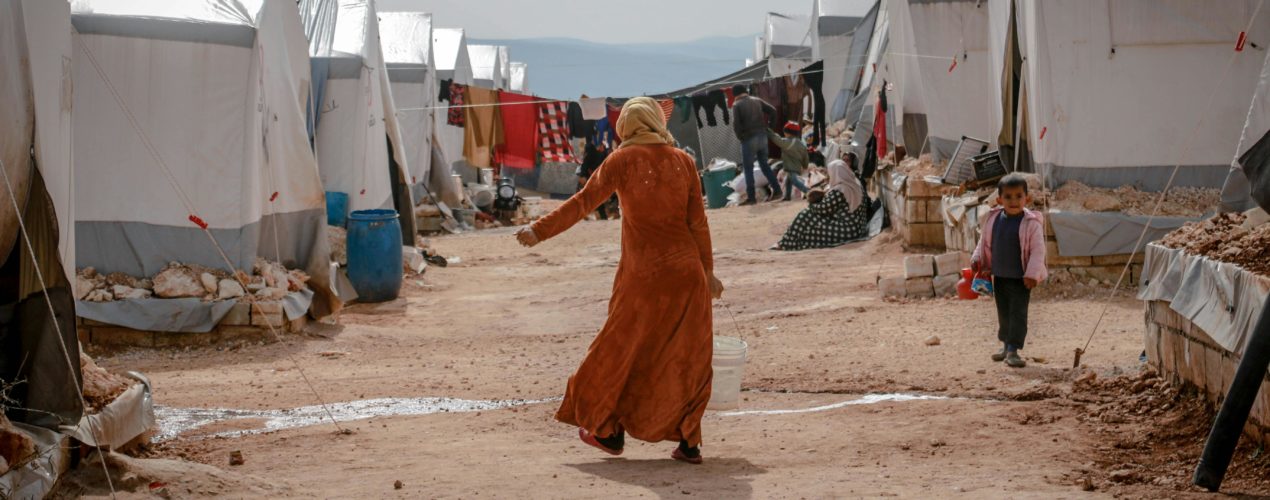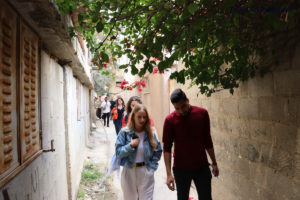Can You Visit Refugee Camps in Palestine? Even though most Palestinian refugees live outside of Palestine by far, there are also internally displaced Palestinians. They were expelled from their lands during the war in 1948, during which Israel took control of many Palestinian towns, villages, and cities and destroyed many of them. The Palestinians who lived there fled to other parts of the country. Most of them live now in refugee camps. In the West Bank, you can find 22 camps housing approximately 176,000 refugees; in Gaza, there are 12 camps with 478,000 refugees.
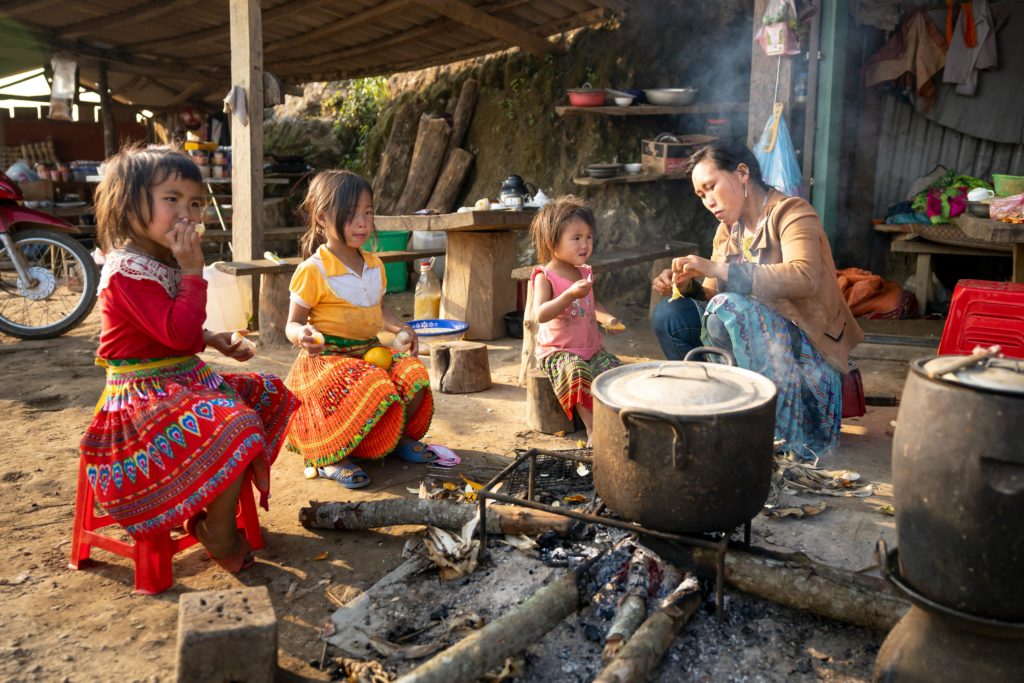
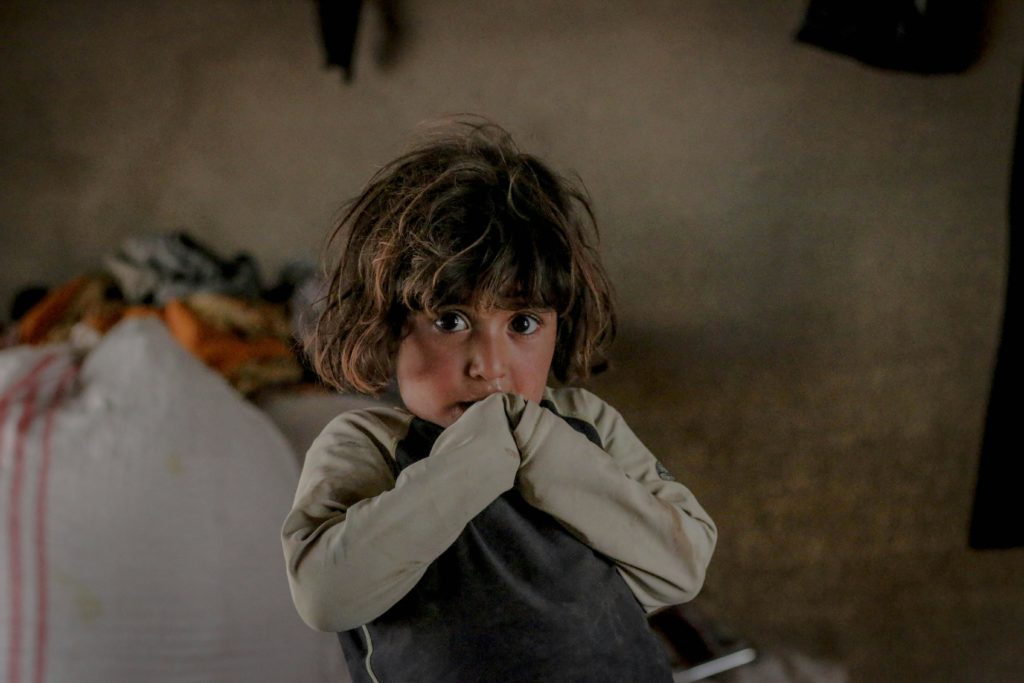
All Palestinian refugees in Palestine, as well as those outside, have, as a matter of binding international law and state consensus, according to the formula under Resolution 194, the right to return to their home and place of origin, restitution of properties in Palestine, and compensation for losses under law and equity. Palestinian refugees are expected to live in camps only temporarily. Still, some of them have lived there for more than seventy years, and most of the Palestinians who live in camps today were born there. Some refugees are the fifth generation of Palestinian families who arrived in the camps in 1948.
Why Are They Living There?
Palestinians who fled their homes took their keys, thinking they would return soon. Instead, many of them still live in refugee camps. Palestinians have not been able to return to their homes because of Israel’s continuing refusal of their right of return and the silence of the international community and the United Nations on the issue. The Israeli government does not recognize Palestinian refugees’ right to return. It continues to say that Palestinian refugees and their descendants cannot be allowed to return to the homes and communities from which they were displaced because their return would threaten the maintenance of a continued Jewish demographic majority in Israel.
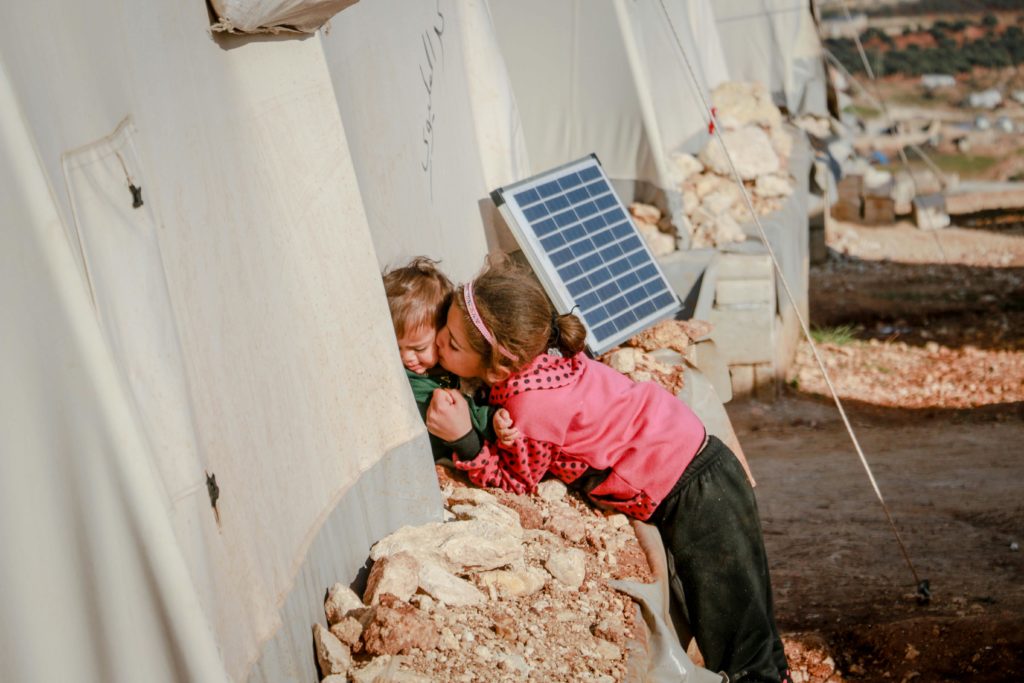
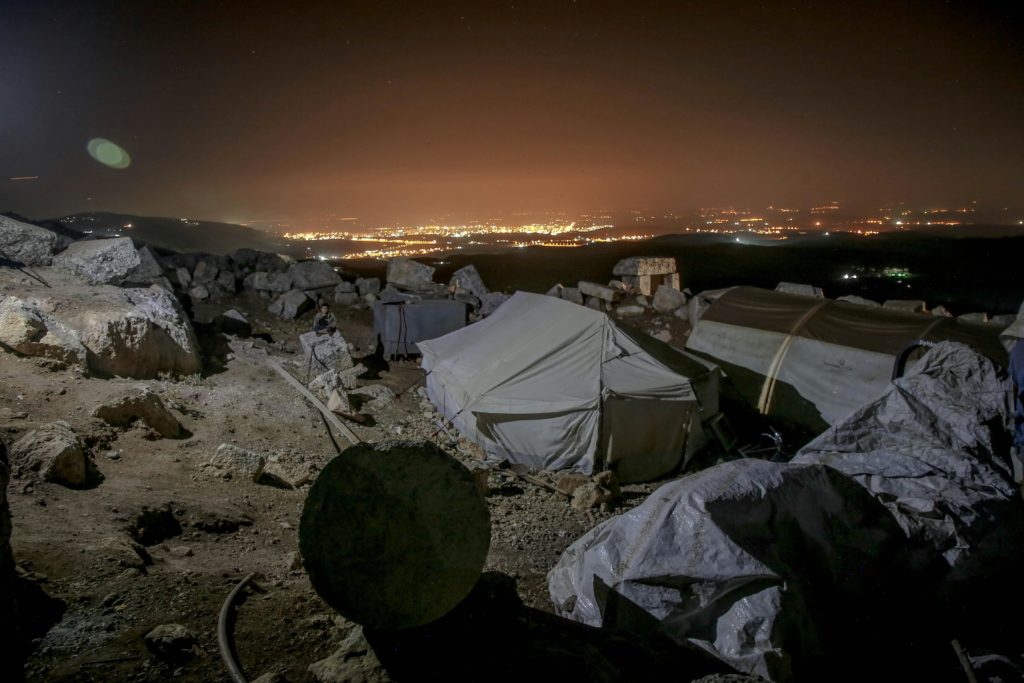
Because of the lack of international action, Palestinian refugees remain to live in camps until this day. The living conditions are harsh, but it is not easy to get out. Buying a house is expensive, as is building a new one, and Israelis restrict the possibility of creating one. Nevertheless, the camps symbolize their continued hope to return to their homes one day for some refugees. Refugee camps at least give the idea of the situation being temporary.
How Do Palestinians Live?
Refugee camps are closed-off areas heavily guarded by Israeli soldiers. Whenever Palestinians go out or in, they can be subjected to heavy controls. Often people are harassed at these checkpoints. As a result, the houses in refugee camps are cramped together. ‘My uncle lives in al Arroub camp. When you look at the neighbor’s house, you can see everything. All the people around you will hear every sound you make. ’Mamun, an English and Arabic teacher at the Excellence Center, explains no freedom or privacy whatsoever. Children have very few places to play and explore. The level of education is considerably lower in refugee camps, and there is limited access to social services. The situation has worsened since the number of camps supervised by UNRWA has reduced from 25 to 19.
Who Controls The Camps?
The reason why it is hard to visit refugee camps in Palestine is because they are controlled by the United Nations Relief and Works Agency for Palestine Refugees in the Near East (UNRWA). The UNRWA operates in five areas: Jordan, Lebanon, Syria, the Gaza Strip, and the West Bank, including East Jerusalem. UNRWA’s mandate encompasses Palestinians displaced by the 1947-1949 Palestine war. This is what Palestinians refer to as the Nakba. This was the expelling of more than 700,000 Palestinians from their houses and land, about half of Palestine’s pre-war population, subsequent conflicts, as well as their descendants. More than 7.4 million Palestinians are currently registered with the UNRWA. Because of that, the UN Refugee Agency (UNHCR), the leading refugee aid agency worldwide, has no control over Palestinian refugees.
The UNRWA is the only UN agency dedicated to helping refugees from a specific region or conflict. The UNHCR has a clear mandate to assist refugees in eliminating their refugee status through local integration in the current country, resettlement in a third country, or repatriation when possible. However, the UNRWA does not have this mandate. As such, millions of Palestinians remain stateless without the prospect of becoming naturalized anywhere. ‘This makes it very difficult for Palestinians who, for example, are escaping a military conflict or who are prosecuted because of their sexual orientation, to seek asylum anywhere,’ Mamun explains. ‘The UNRWA’s main goal is to provide Palestinians with the basic needs – food, basic education, and basic healthcare. However, their mandate does not exceed this. Moreover, even about basic needs, the UNRWA has been in a chronic funding crisis for years.
Can I Visit Refugee Camps in Palestine?
The sister organization of Travel to Palestine, the famous Excellence Center, regularly organizes trips to refugee camps in Hebron and Bethlehem, such as Al-Fawar and Aida camp, to show the volunteers and students what life is like in the center. If you volunteer as an English teacher, you may occasionally teach inside refugee camps. Upon your visit, you will be able to hear peoples’ stories about how they became refugees and what hardships they face living in camps. In addition, the center will provide a translator who can translate conversations and explain more about the history of the camps. If you are interested in this, get in touch with the Excellence Center.
Tags: can tourists visit Palestine refugee camps, exploring refugee camps in Palestine, guided tours refugee camps Palestine, how to visit refugee camps in Palestine, Palestine humanitarian visits, Palestine refugee camp access, Palestine refugee camp experiences, Palestine refugee camp rules, Palestine refugee camp safety, Palestine refugee camp tours, travel to Palestine refugee camps, visiting Palestinian refugee camps, Visiting refugee camps in Palestine, visiting West Bank refugee camps, volunteer in Palestine refugee camps
